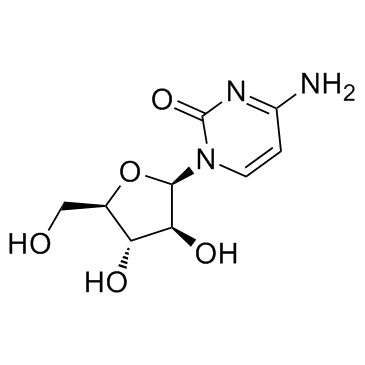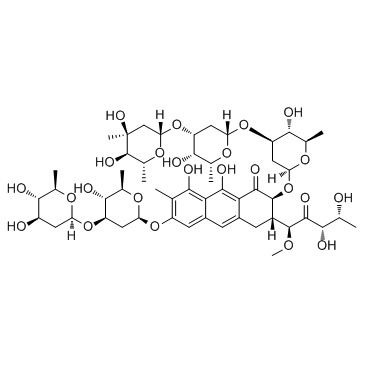Cancer Cell
2014-07-14
Quiescent sox2(+) cells drive hierarchical growth and relapse in sonic hedgehog subgroup medulloblastoma.
Robert J Vanner, Marc Remke, Marco Gallo, Hayden J Selvadurai, Fiona Coutinho, Lilian Lee, Michelle Kushida, Renee Head, Sorana Morrissy, Xueming Zhu, Tzvi Aviv, Veronique Voisin, Ian D Clarke, Yisu Li, Andrew J Mungall, Richard A Moore, Yussanne Ma, Steven J M Jones, Marco A Marra, David Malkin, Paul A Northcott, Marcel Kool, Stefan M Pfister, Gary Bader, Konrad Hochedlinger, Andrey Korshunov, Michael D Taylor, Peter B Dirks
文献索引:Cancer Cell 26(1) , 33-47, (2014)
全文:HTML全文
摘要
Functional heterogeneity within tumors presents a significant therapeutic challenge. Here we show that quiescent, therapy-resistant Sox2(+) cells propagate sonic hedgehog subgroup medulloblastoma by a mechanism that mirrors a neurogenic program. Rare Sox2(+) cells produce rapidly cycling doublecortin(+) progenitors that, together with their postmitotic progeny expressing NeuN, comprise tumor bulk. Sox2(+) cells are enriched following anti-mitotic chemotherapy and Smoothened inhibition, creating a reservoir for tumor regrowth. Lineage traces from Sox2(+) cells increase following treatment, suggesting that this population is responsible for relapse. Targeting Sox2(+) cells with the antineoplastic mithramycin abrogated tumor growth. Addressing functional heterogeneity and eliminating Sox2(+) cells presents a promising therapeutic paradigm for treatment of sonic hedgehog subgroup medulloblastoma. Copyright © 2014 Elsevier Inc. All rights reserved.
相关化合物


